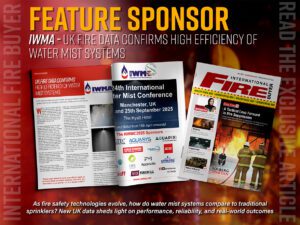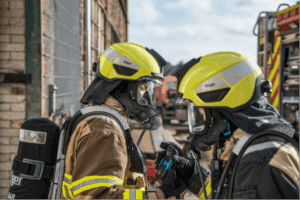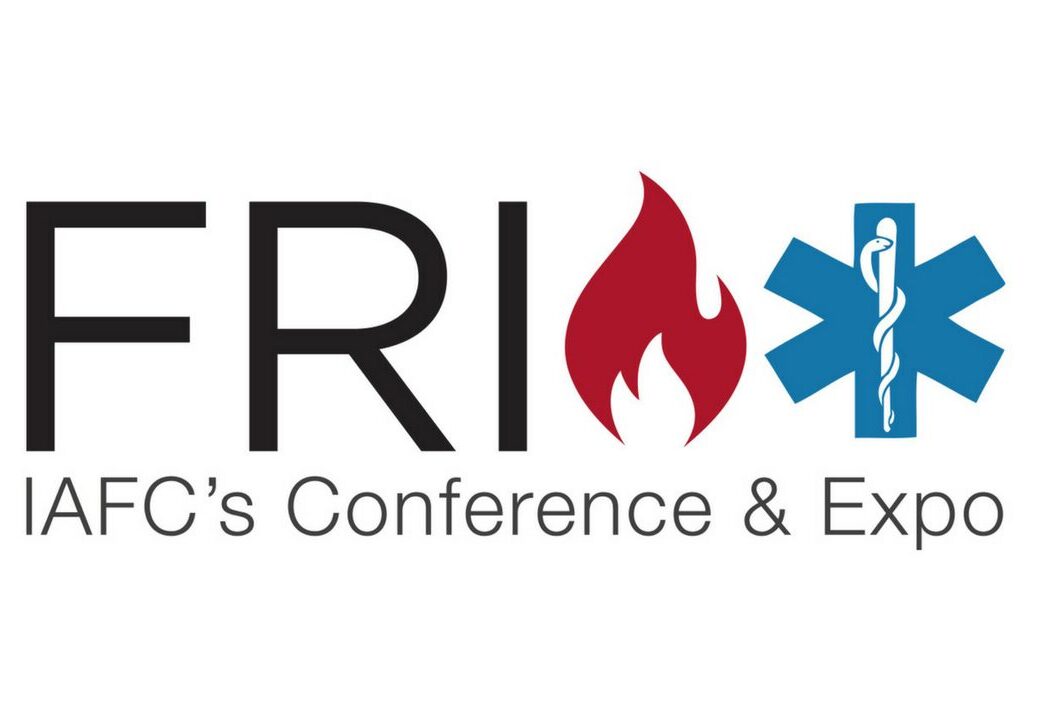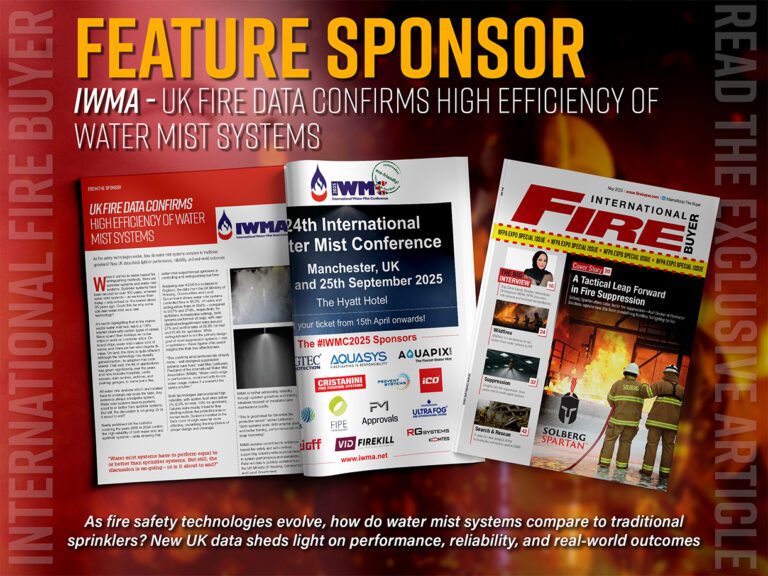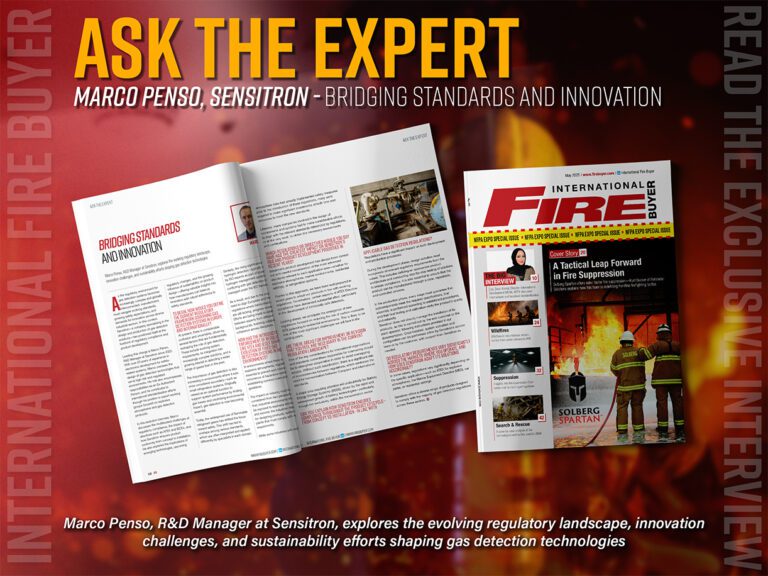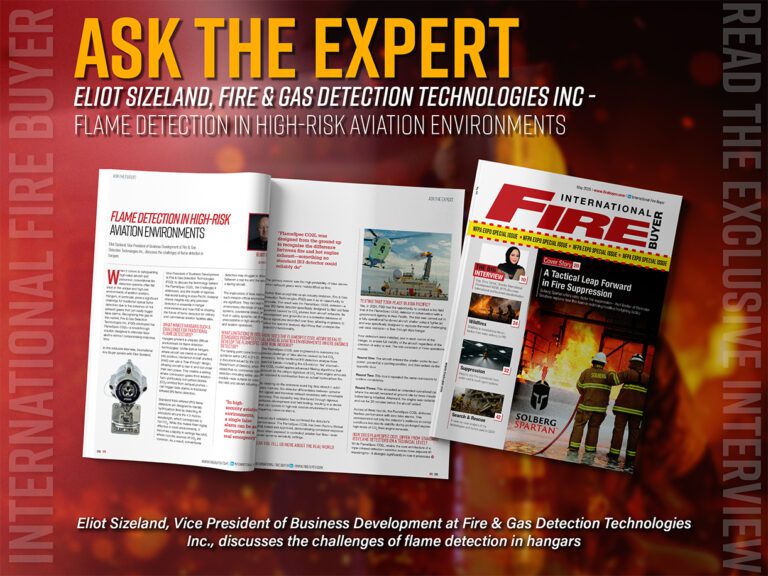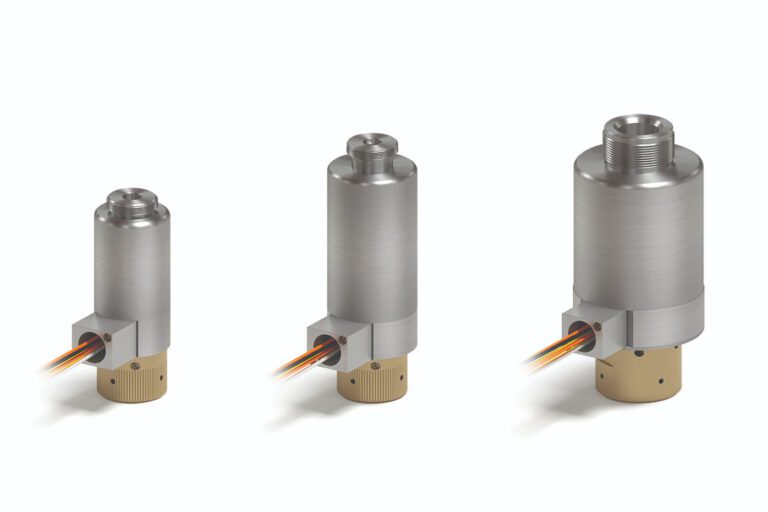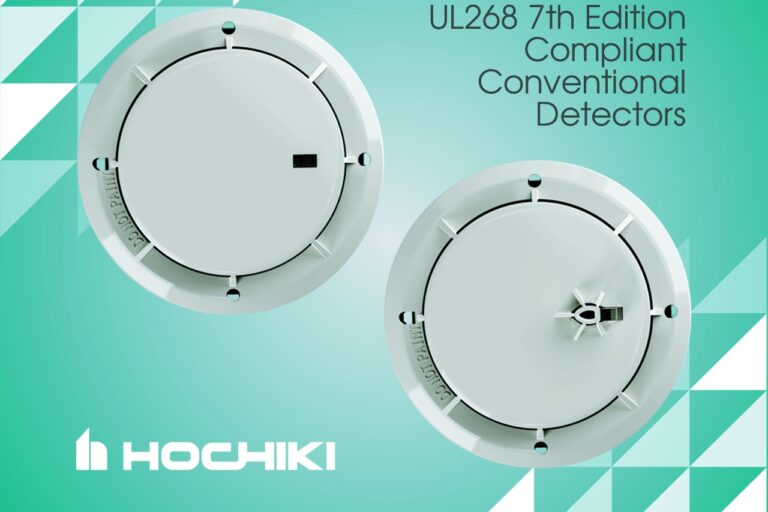Marco Passadori, Managing Director, Sensitron describes to International Fire Buyer, the evolution of gas detection technology, sustainability, and innovation in ensuring safety and efficiency
Could you introduce yourself and give us an insight into who you are and what Sensitron does?
First of all, I’d like to express my gratitude to International Fire Buyer for this opportunity. I have been working with Sensitron and the Halma Group for almost 18 months now, and it’s truly an exciting time to be involved in the gas detection market. Sensitron is dedicated to developing cutting-edge solutions that not only enhance safety but also embrace the challenges posed by new and emerging technologies. Today, I look forward to discussing how the industry is evolving and the role Sensitron plays in that transformation.
Let’s start with a significant industry trend—sustainability. How do you see the gas detection industry evolving in terms of sustainability?
Sustainability has become an essential focus across all industries, and gas detection is no exception. The sector is shifting towards more environmentally friendly technologies, from low-power consumption sensors to enhanced recyclability of components. The move away from outdated, hazardous substances—such as CFC gases—towards more sustainable alternatives is a prime example.
However, sustainability in gas detection is not just about reducing harmful substances; it also involves optimising the energy efficiency of detection systems. Advanced sensor technologies now consume significantly less power than previous generations, which is crucial for extending the lifespan of battery-operated or wireless gas detectors. Additionally, improvements in calibration techniques are reducing the frequency of sensor replacements, minimising waste and resource consumption.
Furthermore, the integration of smart technologies, such as AI and IoT, is allowing for real-time monitoring and predictive maintenance. This means that instead of performing routine servicing on all units—whether they need it or not—companies can now proactively address issues only when necessary, further reducing unnecessary resource use. At the same time, these advancements enhance overall safety by ensuring continuous, optimised operation.
We recognise that the future of gas detection is not just about meeting safety standards but also about embracing a cleaner and more efficient approach to industrial operations. By investing in sustainable innovation, we are ensuring that gas detection remains both highly effective and environmentally responsible.
How can the industry balance the demand for advanced detection systems with environmental and regulatory considerations?
Safety is non-negotiable. However, technological advancements allow us to enhance safety while still meeting environmental and regulatory requirements. For instance, the integration of advanced data analytics and AI-driven diagnostics helps optimise gas detection system performance without increasing energy consumption. Wireless and IoT-based solutions are also reducing the need for extensive cabling, which lowers material waste. The challenge is ensuring that these technologies are implemented correctly and aligned with strict regulatory frameworks.
Speaking of regulations, how critical are test certifications and standards in driving innovation and ensuring safety in gas detection?
Certification and standardisation are fundamental. They provide a benchmark for safety and performance, ensuring that new technologies meet stringent industry requirements. However, the challenge is that regulatory updates often lag behind technological advancements. For example, while hydrogen is widely recognised as an important future energy source, the existing certification frameworks still classify it under general flammable gas regulations rather than acknowledging its unique properties. The industry must push for more adaptive and forward-thinking certification processes to keep pace with innovation.
How significant is the role of wireless technology in modern gas detection systems?
Wireless technology is a game-changer. It allows for greater flexibility in deployment, reduces installation costs, and enables real-time monitoring even in remote locations, in the right application environment. The ability to integrate gas detection systems with centralised cloud-based platforms ensures faster response times and improved system reliability. However, the biggest challenge remains power consumption—wireless devices must be both energy-efficient and durable to function effectively in critical environments.
What are the biggest challenges and opportunities in integrating wireless interfaces with gas detection technology?
One of the primary challenges is ensuring reliability in harsh environments. Wireless systems need to maintain stable connectivity and withstand external interferences such as extreme temperatures or electromagnetic disturbances. On the other hand, the opportunities are immense. Wireless connectivity facilitates predictive maintenance, improves real-time analytics, and enables remote system diagnostics. This not only enhances safety but also helps reduce operational costs for industries relying on gas detection….
To read more news and articles see our latest issue here.
Never miss a story… Follow us on:
LinkedIn: International Fire Buyer
Twitter (X): @Firebuyer
YouTube: @FireBuyerTV
Media Contact
Rebecca Spayne Managing Editor, International Fire Buyer
Tel: +44 (0) 1622 823 920
Email: [email protected]








